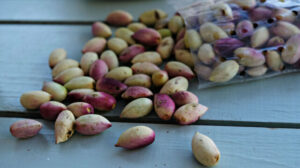The pistachio arrived in Aegina only a century ago but found the ideal environment to take root on the island of Saronic Gulf. The climate and soil gave and still give one of the most beloved nuts.
And as it turns out, it is a fruit that is loved beyond the country’s borders. “By far the best-known Greek pistachio,” is how Taste Atlas describes the Greek pistachio that took the top spot in the survey with an average score of 4.8 out of 5.
Greek fruit tops the list of nuts from around the world, beating out Turkish peanuts from Gaziantep, Italian from Catania, macadamia nuts, almonds and chestnuts from around the world.
“This amazing pistachio is produced from the Aeginitiki variety, which has been traditionally cultivated on the island since the late 19th century,” it says, adding that the first pistachio plantation (of the pistacia vera species) was created in 1896 by Nikolaos Peroglou, who brought the fruit from Syria.
The good weather and soil composition give the pistachios from Aegina “a recognizable aroma and flavor for which they are considered among the best in the world.”
The harvesting season, TasteAtlas concludes, begins in August and is done in a special way: growers gently rake the branches so as not to damage the tree.
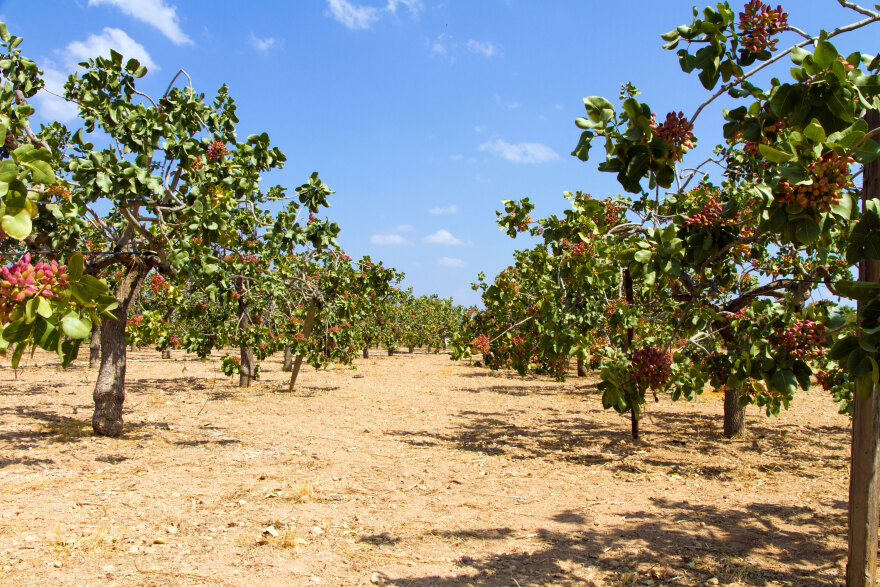
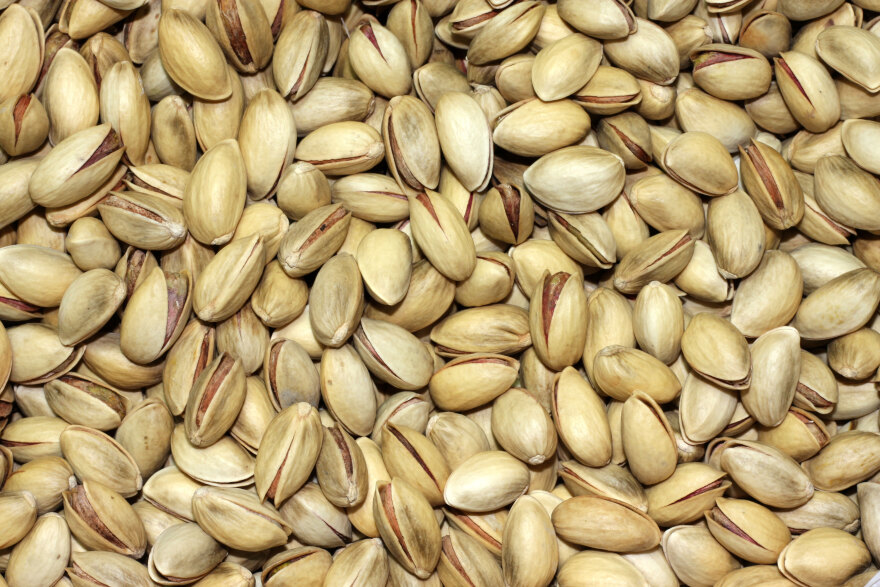
The agricultural cooperative in Aegina counts almost eight decades of life. It was founded in 1947 and today has 360 members, most of whom are in peanut farming.
Since the 1970s, peanut growers began to work more closely together to protect the fruit, which now had a nationwide reputation for its quality and taste. In the following decade, the sales network expanded throughout Greece and Cyprus, while the first investments were made in standardization.
In 1993, the producers achieved the inclusion of Aegina pistachio in the list of products of Protected Designation of Origin (PDO), an important move that secured their product at an international level.
More recently, in 2023, the “Aegina Peanut Culture” was listed in the UNESCO Intangible Cultural Heritage Index, a recognition of how the cultivation of the fruit is now so important to the collective memory and contemporary identity of Aegina.
However, climate change, like human activities, is threatening the crops.
The mild winters of recent years do not give Aegina’s pistachios the opportunity to bear fruit. Producers are talking about a reduction in production that had been as high as 80%. However, a small part of the island’s production, about 30 out of 100 tons, carries PDO certification – the rest is referred to as shellfish.
Another threat to crops is the expansion of residential areas onto the island, which is putting pressure on crops.
Two other Greek pistachio varieties have a place on the Taste Atlas list, peanuts from Megara in 21st place and shell pistachios from Fthiotida in 23rd.
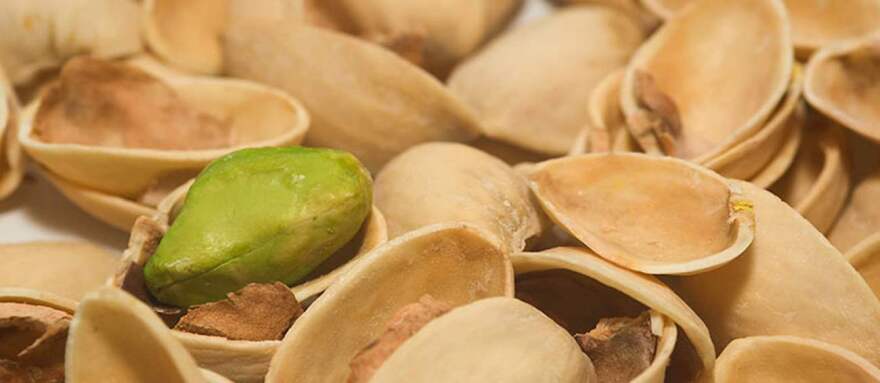
In Megara, they have been growing peanuts for over a century. It is, after all, an area that favors the tree, as it has warm summers, mild winters, and relatively little rain.
Four varieties have been grown in the area. The fruit is sun-dried before going through sorting. They stand out for their deep green color.
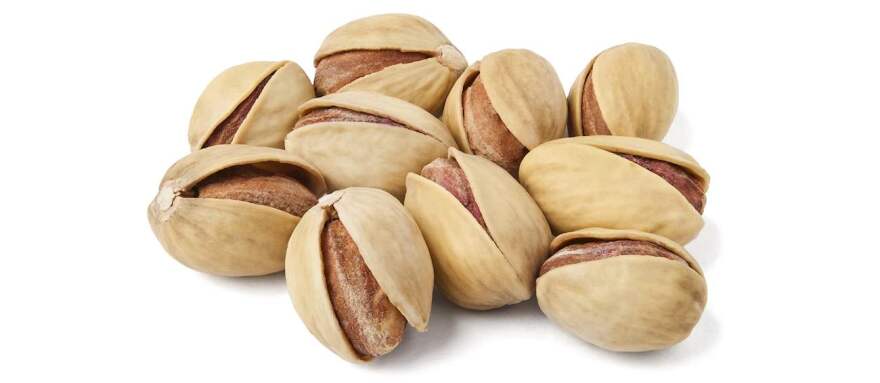
The peanuts in Fthiotida have been cultivated in the region since the 1940s. Harvesting takes place in late August and early September. No chemicals or other substances that can get into the fruit and spoil it are ever used in the cultivation.
After removing the shells, the growers dry them and pick them one by one to sell.
It is a deep green pistachio, sold salted or with its natural flavor. They can be eaten as is or used in desserts or to accompany yogurt.
Ask me anything
Explore related questions
